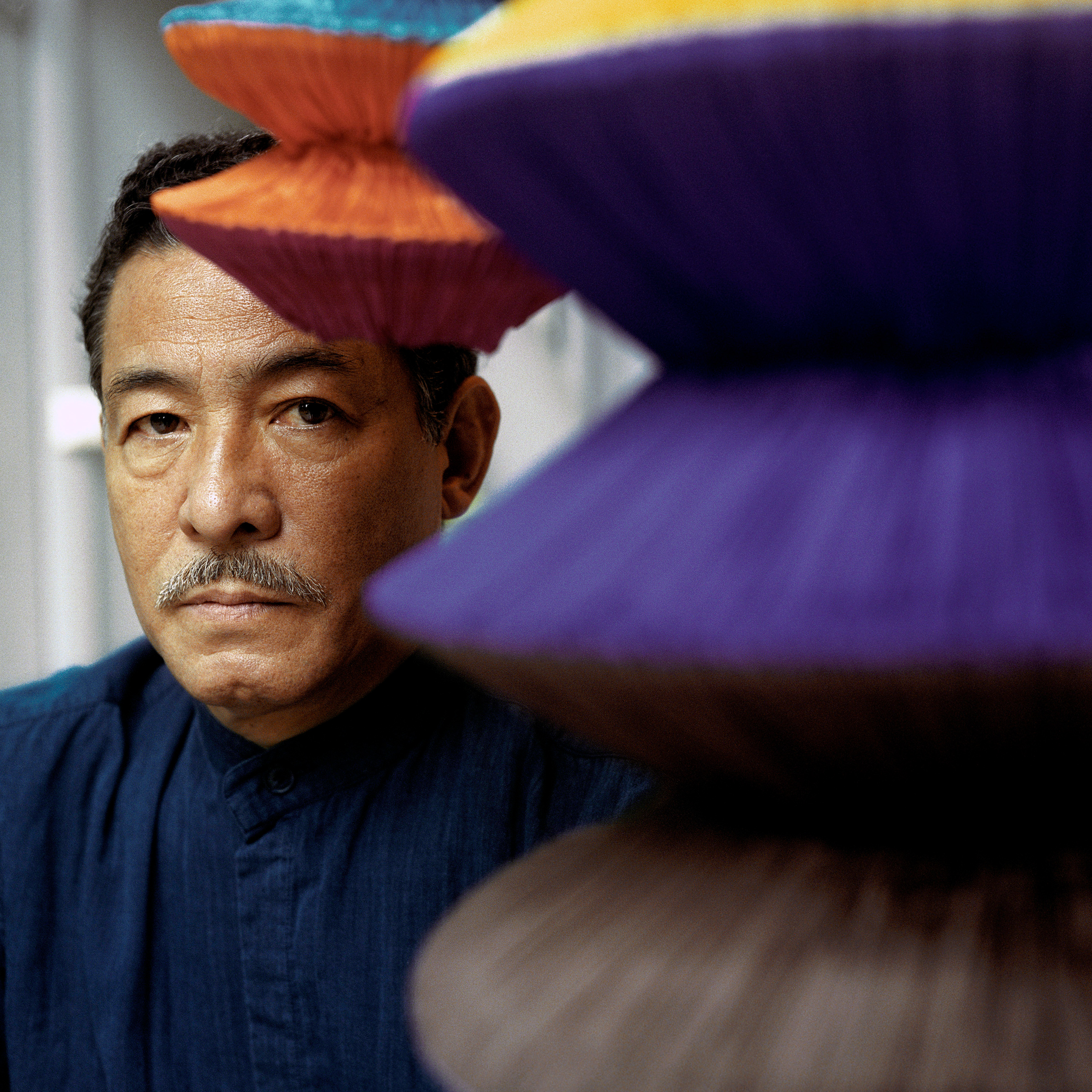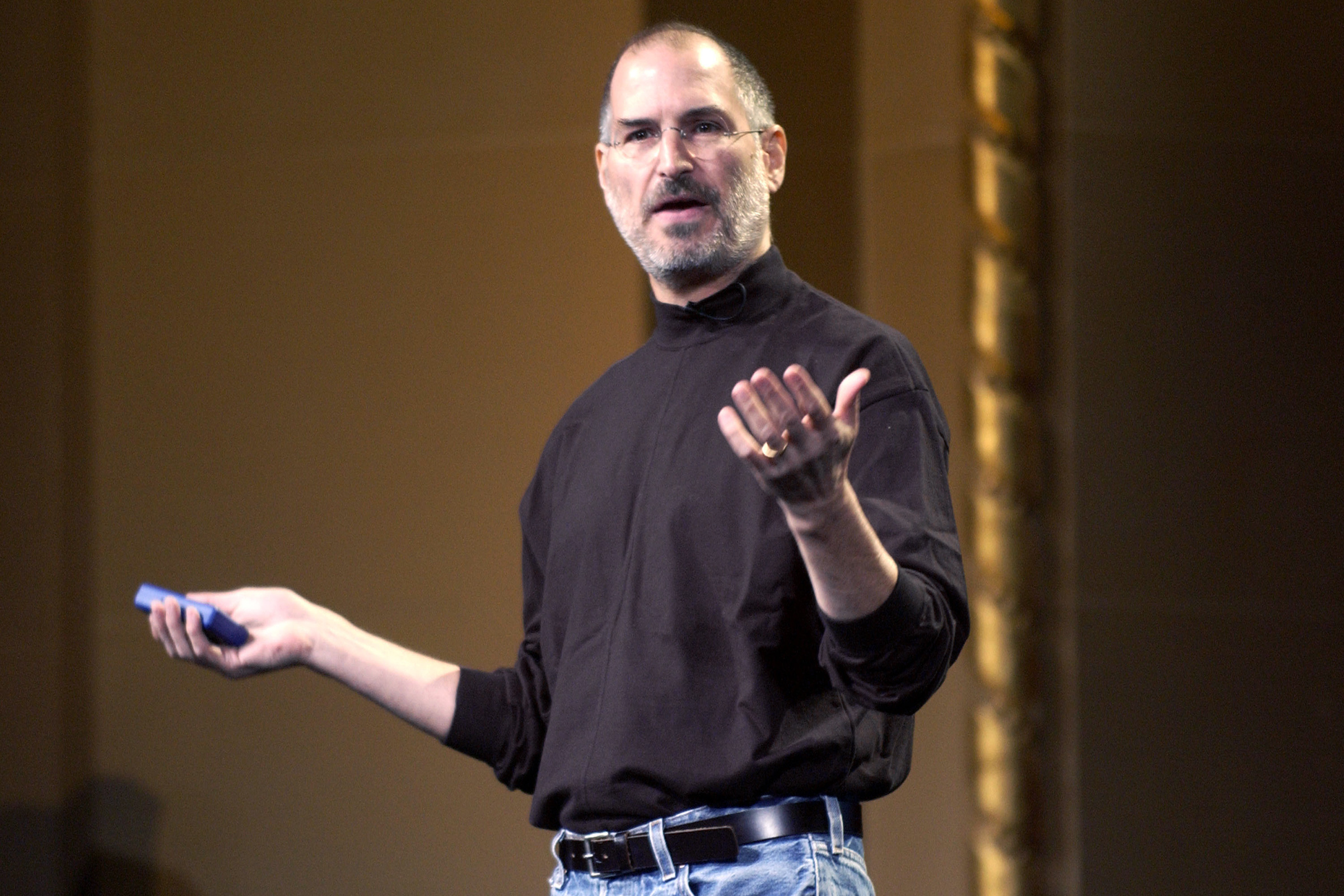
There are few designers whose names have become so synonymous with fashion innovation as Issey Miyake, the Japanese artist who built his reputation on sharp pleating, avant garde cuts, and signature fragrances. Miyake, who had liver cancer, died Aug. 5 in Tokyo at the age of 84. His death was announced on Aug. 9 by the Miyake Design Studio, the trailblazing creative hub he founded in 1970.
During his lifetime, Miyake’s work in fashion earned acclaim for its technological precision and artistic value. His signature origami-like pleating technique was as much a feat of engineering as it was a sartorial statement. And his design ethos was refreshingly democratic; he believed in creating items that were beautifully made, but also comfortable, affordable, and practical enough for everyday use by everyday people—garments that transcended gender, size, race, and age.
In this, Miyake’s approach to design was innately humane, a quality that was no doubt influenced by his life experiences. As a child growing up in Hiroshima, he survived the atomic bomb dropped by the U.S. in 1945, losing his mother three years later to radiation poisoning. Although he was markedly private about the event and his personal life throughout his career, Miyake shared that the attack on Hiroshima affected him profoundly, writing a powerful 2009 op-ed for the New York Times speaking out against the use of nuclear weapons.
Miyake, who famously said that “design is not for philosophy—it’s for life” was dedicated to work that was functional, accessible, and joyful. Here, a look back at four of Miyake’s most popular and innovative creations.
Pleats Please

In the ’80s, Miyake pioneered a patented style of permanent micro-pleating that used a heat-treating system to create a distinctive and durable look. The elaborate process involved pleating already-assembled clothing, instead of the fabric itself, by making garments two or three times their final size before folding, ironing, and lacing the clothing into paper and a heat press. Adding the texture to the sewn garments ensured that Miyake’s pleated creations could be machine washed and air dried without losing their shape. The style was so popular that in 1993 the designer launched an entire line called Pleats Please, which is still in production and highly sought after to this day.
Issey Miyake perfumes and cologne
Miyake launched his first perfume, L’Eau d’Issey, in conjunction with Japanese cosmetics giant Shiseido in 1992. Taking inspiration for its name and its top notes from water, which Miyake saw as the greatest material and best source of inspiration, the perfume became a cult classic thanks to its fresh and airy scent and striking bottle, which Miyake based on the view of the moon behind the Eiffel Tower that could be seen from his Paris apartment. In the time since L’Eau d’Issey launched, Miyake released more than 100 different perfumes and colognes.
Steve Jobs’ signature black turtleneck

The late Apple co-founder Steve Jobs’ uniform—a black turtleneck, jeans, and sneakers—has become the stuff of Silicon Valley legend, even leading the disgraced would-be tech mogul, Elizabeth Holmes, to copy his trademark look. It was Miyake’s work that first inspired Jobs to create his uniform. According to Walter Isaacson, Jobs’ biographer, the tech pioneer visited Sony’s headquarters in Japan in the early ’80s and was struck by the employees’ futuristic yet simple uniform vests, designed by Miyake in 1981 for the company’s 35th anniversary. Taken with Sony’s concept of the uniform as a way to help employees bond with one another, establish a sense of belonging within the company, and maintain professionalism, Jobs reached out to Miyake to make a similar jacket for Apple. While early plans to create an Apple uniform were discarded, Jobs remained enthralled with the idea of one for himself. For his look, he famously selected Levi’s 501 jeans, New Balance sneakers, and custom Issey Miyake black turtleneck sweaters, which he bought in bulk for $175 each, eventually amassing a collection of more than 100 of them.
The Bao Bao bag

In a world filled with designer bags that double as status symbols, Miyake’s Bao Bao bag is associated with intellect, artistry, and creativity, lending its wearer the sense that they can channel all these traits. The bag made its debut in 2000 as the Bilbao, named after the Spanish city’s arresting Frank Gehry-designed Guggenheim Museum; the building’s many planes were echoed in the bag design. Later renamed the Bao Bao in 2010 as part of a rebranding effort, the bag now comes in many different iterations, from totes to fanny packs. No matter the style, with its mesh fabric and interlocking polyvinyl triangles, the Bao Bao is designed to evoke geometric wonder, shifting shapes as its wearer fills it with personal items.
More Must-Reads from TIME
- Donald Trump Is TIME's 2024 Person of the Year
- Why We Chose Trump as Person of the Year
- Is Intermittent Fasting Good or Bad for You?
- The 100 Must-Read Books of 2024
- The 20 Best Christmas TV Episodes
- Column: If Optimism Feels Ridiculous Now, Try Hope
- The Future of Climate Action Is Trade Policy
- Merle Bombardieri Is Helping People Make the Baby Decision
Write to Cady Lang at cady.lang@timemagazine.com